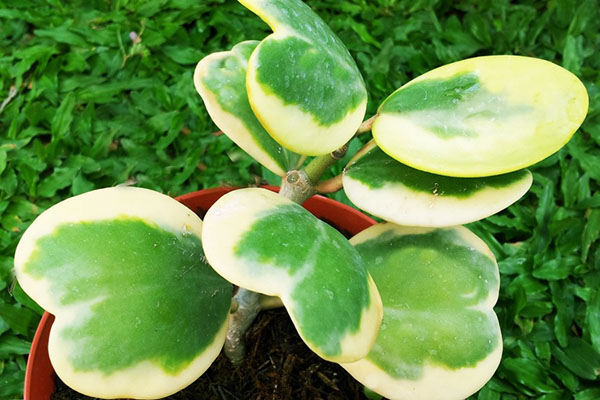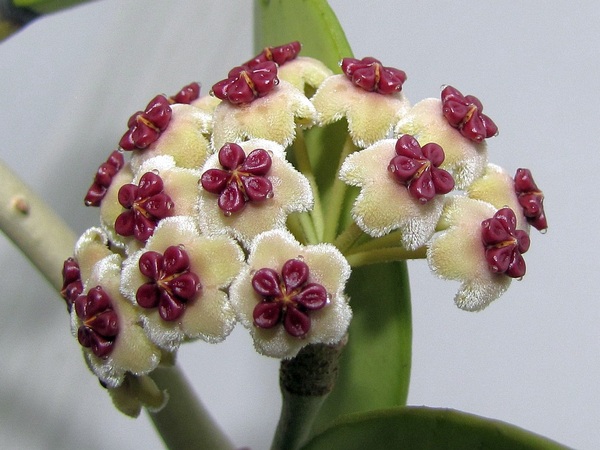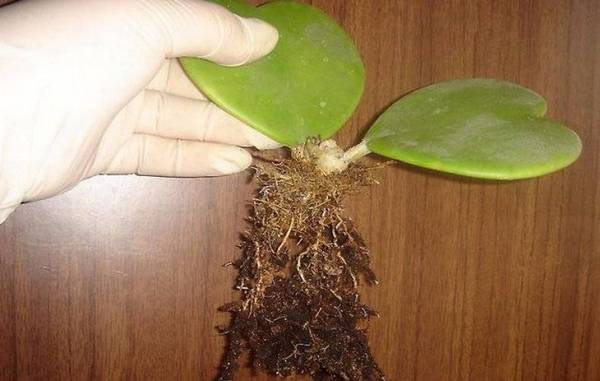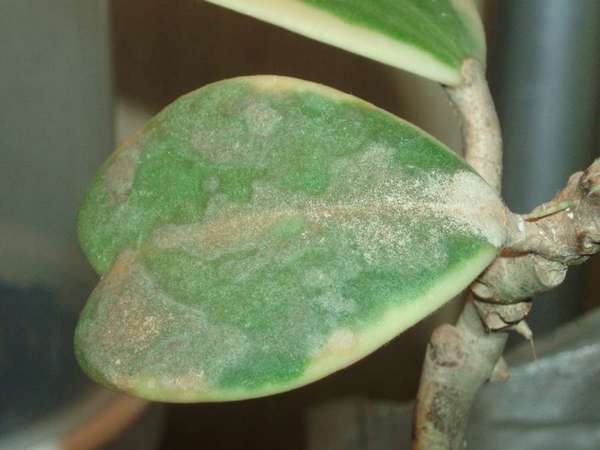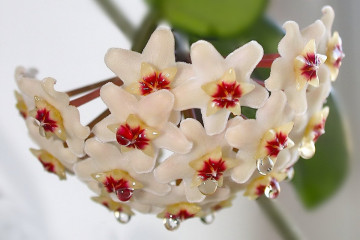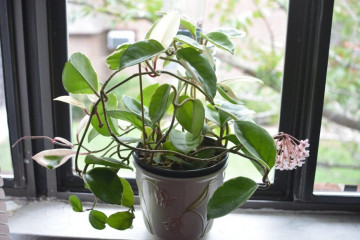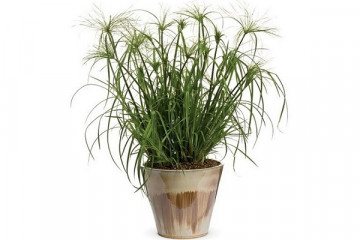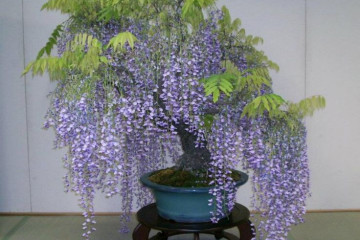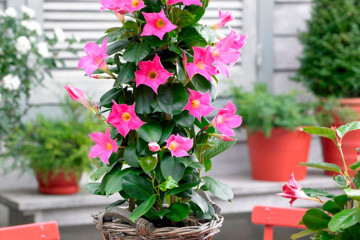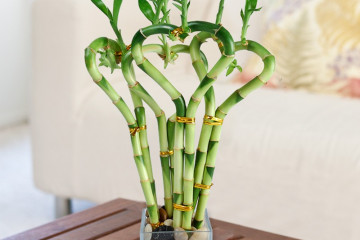Hoya kerry - home care
Content:
Hoya kerry is a liana with an unusual shape of foliage in the form of a heart. In European countries, it is customary to give it on Valentine's Day.
What does it look like, which family it belongs to
Hoya (hoya) is part of the Kutrov family, the Lastovnev subfamily. In natural conditions, it exists as an epiphyte of trees, it grows up to 10 m. On the shoots there is a fleshy foliage in the shape of a heart. It blooms with small "stars" gathered in umbrellas.
Common varieties
The following varieties can be found among florists:
- Spotted Leaves;
- Variegata (variegated);
- Albomarginata;
- Spot center;
- Spot margin;
- Splash.
Briefly about the history of appearance
The name of the vine was given in honor of the gardener Thomas Hoya, who first began to grow the crop at home.
Is the flower poisonous
The foliage of the culture contains weak toxic substances. Protect animals and children from contact with them.
Features of home care
Hoya kerry and home care requires: good lighting, space and humidity.
Temperature
In the hot season, the culture requires high levels of air humidity. Optimal temperature regime for tropical exotic:
- in the summer period - from 18 to 23 ℃ above zero;
- in winter - from 18 to 20 ℃.
Lighting
Foliage does not tolerate direct sunlight, diffused light is more suitable for it. Usually, vine pots are placed on the west side. The right conditions lead to active growth and mass appearance of buds.
Watering
Moistening the earth is carried out:
- in the summer months - once a week;
- in winter - twice a month.
The root system does not tolerate stagnant water, and the culture reacts to an excess of sluggish leaves.
Spraying
Water treatments are carried out weekly, in addition to spraying, you can do a warm shower.
Humidity
The culture makes special demands on high humidity in the heat. The problem is solved by spraying the foliage.
Priming
You can buy a ready-made mixture for succulents and cacti, or make it yourself. The soil mixture is prepared from peat, humus and grain soil. To increase the looseness, river sand, wood ash and tree bark are added to it.
Top dressing
Fertilization is carried out monthly, it is more convenient to use a solution for succulents and cacti from a flower shop.
Features of growing in the open field
It is impossible to grow culture in the open air - flowering vines do not take root in the harsh Russian climate. The first temperature drop and cold snap will lead to her death.
When and how it blooms
Hoya blooms with a heart only with proper care.
Types of flowers
The buds are colored in a light yellow, light green, pale pink shade. The bracts are of a contrasting tone or slightly lighter than the main shade.
Flower shapes
Buds resembling small stars are located on long peduncles. In season, they cover the entire length of the vine.
Flowering period
The buds appear on spring days and disappear in late autumn. They have an unusual and specific aroma.
Changes in care during flowering
When budding:
- top dressing is introduced;
- watering and spraying is reduced;
- swimming is excluded.
The plant should not be removed to another place so as not to influence the budding process.
Pruning
For exotic lianas, pruning is carried out in case of diseases or to obtain new individuals.
How does it multiply
You can propagate a culture in several ways. Young individuals do not bloom immediately after rooting.
Germinating seeds
Reproduction by seed material is practically not carried out - due to the impossibility of buying it. When germinating seeds, young growth is grown in greenhouse conditions.
Rooting cuttings
The method is effective and frequently used. For planting, take a shoot that has not bloomed yet, put it in water or place it in a sand-peat mixture. Young roots will appear in a month, a little later the shoot will begin to form.
Sheet
The leaves are planted in the ground and await the appearance of the root system. This method is less successful than cuttings. In half of the cases, root development does not occur and the foliage dries up.
Other options
With the help of layering, you can get a young individual, which will bloom the next year after separation with the mother. On the stems of the culture there are air roots, which are sprinkled with soil. In it, they actively grow and develop, and the maternal vine feeds the young shoot during this period.
Transfer
After purchasing the vines, it is transplanted after 2 weeks. Young growth requires annual replacement of the substrate, an adult every 2-3 years. For the procedure, take a container and fill it with a drainage layer, prepare a soil mixture consisting of:
- from humus;
- turf land;
- river sand;
- peat.
During transplantation, special attention is paid to the root system - because of its tenderness, damage can be accidentally caused. The old earthen lump is practically not shaken off.
Possible growing problems
A tropical vine is susceptible to disease and pests if care requirements are not met.
Pests
Too dry air leads to the active spread of parasitic insects:
- whitefly;
- mealybug;
- spider mite;
- scabbards.
They get rid of pests by mechanical processing of the green part with a cotton pad dipped in soapy water. Insecticides are used in a mass attack on a flower.
Other problems
Diseases of an exotic guest are associated with improper care:
- rotting of the root system and the green part is caused by an excess of moisture in the soil;
- foliage burns occur when exposed to direct sunlight;
- Frequent transfer from place to place in the house will cause the buds to fall off.
Exotic liana belongs to undemanding crops, it can grow in an apartment environment, it is not difficult to care for it. Its long shoots require ample space, and its unusual buds will decorate a room for six months.

